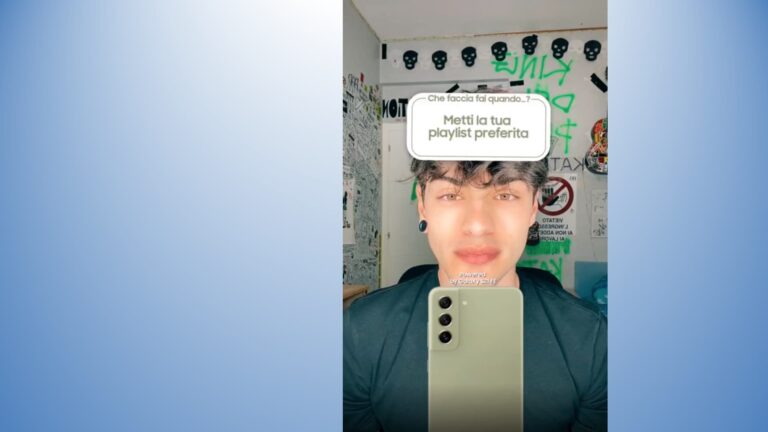
AR continues to evolve and take shape. Like other tech sectors, it has spawned several sub-sectors that comprise an ecosystem. These include industrial AR, consumer VR, and AR shopping. Existing alongside all of them – and overlapping to some degree – is AR marketing.
Among other things, AR marketing includes sponsored AR lenses that let consumers visualize products in their space. This field – including AR creation tools and ad placement – could grow from $3.4 billion in 2022 to $14.5 billion in 2027 according to ARtillery Intelligence.
Factors propelling this growth include brand advertisers’ escalating affinity for, and recognition of, AR’s potential. More practically speaking, there’s a real business case. AR marketing campaigns continue to show strong performance metrics when compared with 2D benchmarks.
How is this coming together? And what are best practices? These questions were tackled in a recent report by our research arm, ARtillery Intelligence, including narrative analysis, revenue projections, and campaign case studies. It joins our report excerpt series, with the latest below.
Random Fun
Samsung is constantly releasing new smartphones. This rapid release cycle makes consumer awareness a top marketing objective. To that end, it wanted to generate visibility and engagement around its Galaxy S21 FE 5G… so it turned to TikTok to create an AR effect.
Samsung’s goal was to amplify the device’s visibility through an AR effect that lets users virtually interact in fun and whimsical ways. Specifically, this made use of TikTok’s Branded Effect format which placed an animated Galaxy S21 FE 5G in front of users’ selfie videos.
Users could then verbally activate a “randomizer” wheel above their heads. The randomizer spins, then stops on a specific attribute that’s meant to characterize the user. The serendipity of seeing one’s chosen attribute is meant to evoke comical reactions, shareability, and virality.
Samsung further amplified the AR effect with TikTok’s “Branded Mission” format. This adds an additional gamification component in that the best videos are chosen for further distribution. Brands select their favorite TikTok creations and amplify them through boosted ad traffic.
Bang For the Buck
And the results? Samsung’s AR effect drove 26 million video views, 13.7 thousand brand-relevant video creations, and a 90-second average unique playtime. Additionally, the campaign achieved a 9.5 percent lift in ad recall and 7,500 new TikTok followers for Samsung.
Stepping back, there are several success factors to point to. For example, high degrees of interactivity with the product boosted brand awareness and visibility metrics. The “randomizer” format meanwhile breeds comical and serendipitous outcomes, and is relatively simple to create.
Sticking with that last point, randomizers are a smart choice for branded AR campaigns because of their bang for the buck. They have low bandwidth and technical requirements as they’re just simple floating 2D overlays that don’t need to be highly immersive nor dimensional to be fun.
Lastly, the Branded Mission format incentivizes users through gamification and lets brands boost videos that align with their campaign objectives. This format also works in tandem with TikTok’s duets function so users can co-create videos with additional creative dimension.
We’ll pause there and circle back in the next installment with more AR marketing case studies. Meanwhile, read the full report here…

